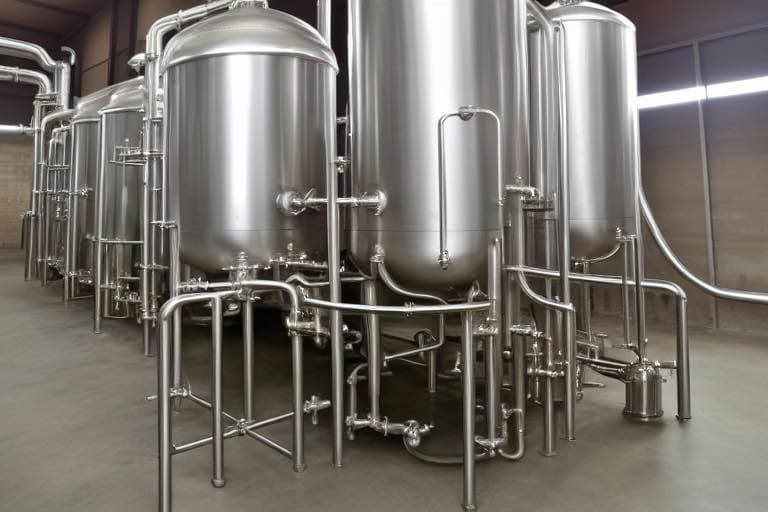How Essential Oils are Made

Essential oils have become increasingly popular over the years, with more and more people turning to them as a natural alternative to traditional medicine. But have you ever wondered how these oils are made? In this article, we will explore the process of making essential oils, from harvesting the plants to distilling the oils.
Plant selection and harvesting
The quality of essential oils depends on the quality of the plants used to make them. Plants should be carefully selected based on their species, growing conditions, and time of harvest.
Plants that are grown organically without the use of pesticides and other chemicals are preferred, as they are free from harmful contaminants that can affect the quality of the oils. The time of harvest is also important, as different plants contain different amounts of essential oils at different stages of growth.
Extraction methods
There are several methods used to extract essential oils from plants, including steam distillation, cold-pressing, solvent extraction, and CO2 extraction.
Steam distillation
Steam distillation is the most common method used to extract essential oils from plants. It involves placing the plant material in a still and passing steam through it, which vaporizes the essential oil. The vapor is then condensed and collected, resulting in a highly concentrated oil.
Cold-pressing
Cold-pressing is used to extract essential oils from citrus fruits, such as oranges and lemons. The fruit is first peeled, and the peel is then pressed to release the oil.
Solvent extraction
Solvent extraction is used to extract essential oils from delicate flowers, such as jasmine and rose. The flowers are first placed in a solvent, such as hexane or petroleum ether, which dissolves the essential oils. The solvent is then evaporated, leaving behind a concentrated oil.
CO2 extraction
CO2 extraction is a newer method used to extract essential oils from plants. It involves using pressurized carbon dioxide to extract the oils, resulting in a pure and high-quality oil.
Purification and testing
Once the essential oil has been extracted, it is then purified to remove any impurities or contaminants. This is done using various methods, such as filtration or distillation.
The oil is then tested to ensure that it meets the required standards for purity and potency. This is important, as impure oils can be harmful and ineffective.
Storage and packaging
Once the oil has been purified and tested, it is then stored in a cool, dry place to preserve its potency and aroma. Essential oils are typically stored in dark glass bottles to protect them from light, which can degrade the oil over time.
The bottles are then labeled with the name of the oil, the date of extraction, and the extraction method used.
Common uses of essential oils
Essential oils have a variety of uses, including aromatherapy, skincare, and natural medicine. Some common uses of essential oils include:
- Diffusing oils to promote relaxation and reduce stress
- Adding oils to skincare products to improve the health and appearance of the skin
- Using oils as natural remedies for ailments such as headaches, digestive issues, and respiratory problems